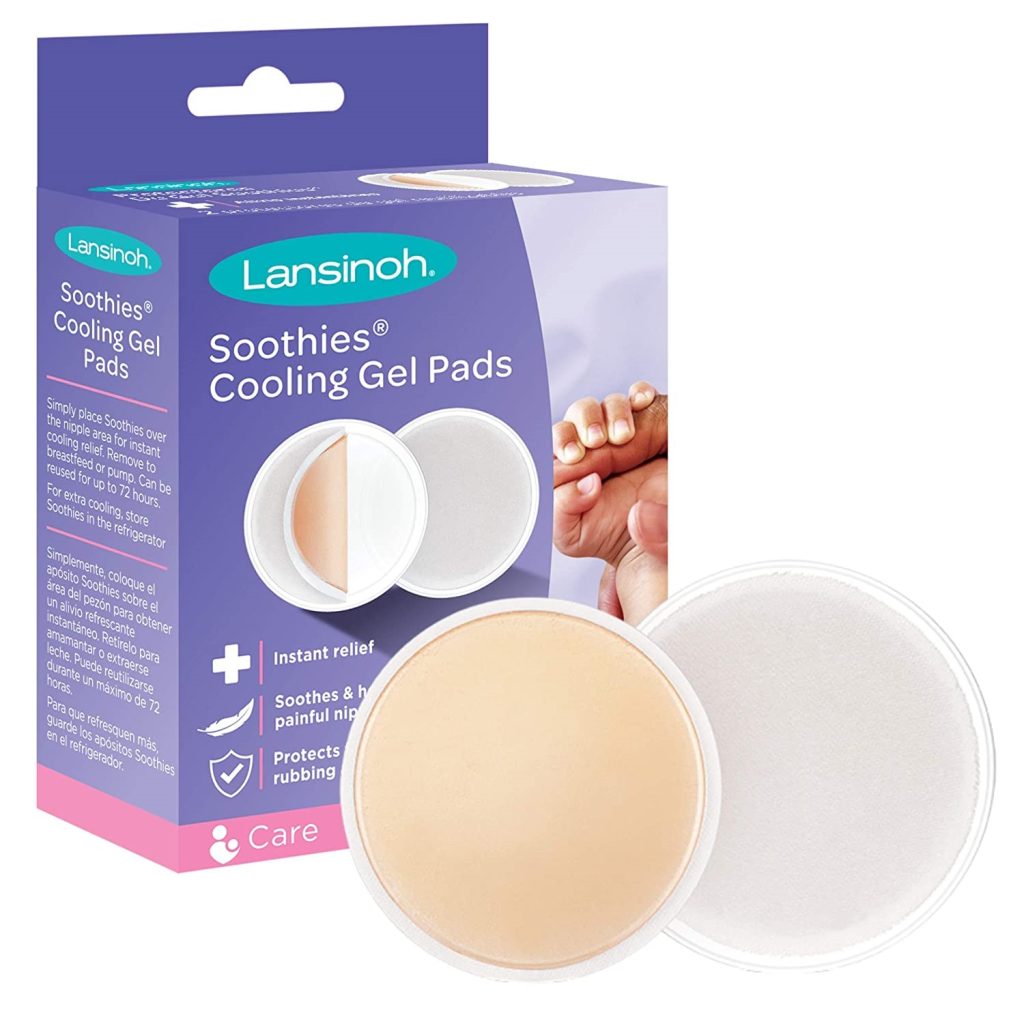One of the best things about parenting is that decisions can be remade. There are various reasons why mothers would decide to switch their babies from breastfeeding to bottle feeding. However, there are also just as many reasons as to why mothers would decide to go back to breastfeeding – a process called relactation. While the baby might show hesitation switching from one to another, there are different methods mothers can do to help nudge the baby back to breastfeeding.
When you decide to reintroduce your baby to breastfeeding after bottle feeding, you must understand that it would take some time and effort before you see success.
Start the transition by switching the baby bottle nipples with a slower milk flow. Once bottle feeding becomes less than ideal, present the baby with breastfeeding. After restarting your own milk production, breastfeed your baby in the morning with as much skin contact as you can.
It is important to remain comfortable during breastfeeding and ultimately stay calm throughout the whole transition.
This article will discuss the things mothers need to know when it comes to reintroducing breastfeeding after bottle.
How to Reintroduce Breastfeeding after Bottle
-
Understand the Ramifications of Switching Back and Forth

Babies typically begin their lives breastfeeding. This is because experts highly recommend breastfeeding for its numerous benefits. It has been observed that mothers can share antibodies with the baby through breastfeeding, boosting the baby’s delicate immune system. Studies have also shown that breastfeeding can help protect babies from certain illnesses and conditions (e.g., asthma, obesity, type 1 diabetes, sudden infant death syndrome [SIDS]).
However, despite the benefits, there are also numerous reasons why mothers decide to switch to bottle feeding. For example, the responsibility of bottle feeding can be shared as anyone can bottle feed the baby. It is also easier to monitor how much the baby has drunk when bottle feeding. Some mothers prefer to bottle feed to bypass a restrictive diet. Lastly, there are some mothers who simply cannot breastfeed. This could be due to an underlying condition or the medications they are taking.
Now, initially switching from breastfeeding to bottle feeding can already take some time for the baby to get used to. There are special techniques used to help ease that transition. Thus, it is important to understand that switching back might also take some time. Accepting this should greatly help how you react to the results. Oftentimes, parents can get pretty frustrated when they cannot make babies do what they want them to do. Thus, understanding that switching back will take some time and effort might be able to alleviate some of that stress.
-
Switch Baby Bottle Nipple
One of the best things babies love about bottle feeding is how consistent and easy milk comes to them. In contrast, milk flow in breasts can be highly variable. This difference can make it quite difficult to coax babies to switch back to breastfeeding. Fortunately, there are ways to help ease the transition back.
For one, you should switch the bottle nipple to one that resembles the shape of the breast more closely. Switching the bottle nipple to one more similar to the breast can help start acclimating the baby to the sensation of breastfeeding.
Another change you can do is to switch to a bottle nipple with a slower milk flow. Babies love bottle feeding because of how easy it is for them to get milk. Thus, you can make it easier for them to switch back to breastfeeding when they no longer enjoy bottle feeding. By switching to a bottle nipple with a slower milk flow, your baby will soon begin to resent the bottle. At this point, they will be eager to switch to breastfeeding if it means they can get a more reliable milk flow.
-
Restart Milk Production
When you stopped breastfeeding your baby, your body took that as a sign that you do not need to breastfeed anymore. This can become a problem when deciding to go back to breastfeeding after bottle feeding. Fortunately, the human body can be stimulated to produce milk once again.
Before even starting to breastfeed again, you can begin restarting your milk production by pumping milk. It is said that the body needs to pump or breastfeed 8 times a day to get back into the groove of milk production. As soon as you begin pumping breastmilk, you are sending signals to your body that it is time to produce milk once again. It may be slow in the beginning, but it will eventually pick up the pace.
Another way to help boost your milk production is through the consumption of galactagogues – substances believed to increase milk supply. Plenty of natural substances are believed to be galactagogues such as fennel, fenugreek, ginger, moringa, palm dates, and such. Pharmacological galactagogues (e.g., metoclopramide, domperidone, sulpiride, etc.) have also been studied to increase milk supply somewhat effectively.
The importance of restarting milk production is to have a steady milk flow as soon as you begin reintroducing the baby to breastfeeding. Since your baby might have already gotten accustomed to bottle feeding, it is important to make breastfeeding as appealing as possible for the transition. Thus, you cannot expect positive results for the transition if you begin letting your baby breastfeed with an inadequate milk flow.
It is also important to look out for breast engorgement. Babies may not be ecstatic about switching from bottle to breast. However, if you have already restarted milk production, then your breasts are expecting you to empty them. Not doing so can lead to tightness and swelling which can be painful. A warm compress is recommended for pain management.
-
Breastfeed in the Morning
In the same vein as making breastfeeding an appealing alternative to bottle feeding, it is highly recommended to breastfeed in the morning. After a long night’s sleep, your baby is at their hungriest in the morning. When hungry, babies are less picky. This makes it a perfect time to reintroduce breastfeeding as a hungry baby would not care as much what the source of the milk is as long as they can get their breakfast.
In addition, mornings are also a great time for milk supply as many women have the most volume of milk in the morning. This is mainly because milk production is partially regulated by hormones and the body’s circadian rhythm (i.e., the body’s natural clock). As soon as you wake up, the body gets jumpstarted with dozens of different hormones to get the body up and running.
Once you begin breastfeeding your baby in the morning, try your best to remain consistent. Consistency is key when it comes to forming habits, and your consistency in breastfeeding your baby in the morning will greatly help in the reintroduction.
-
Maintain Comfort

If your reason for switching to bottle feeding is discomfort, you will need to learn how to be comfortable with breastfeeding this time. You cannot continue breastfeeding if the experience is uncomfortable for either you or the baby.
One way to help you remain comfortable during breastfeeding is to ensure that your baby has a proper latch. The WIC Breastfeeding Support details the following signs of a good latch:
- The baby’s stomach and chest rest against the mother’s body.
- The baby’s head is straight, not turned to the side.
- The baby’s chin touches the mother’s breast.
- The baby’s lips are turned outward.
- The baby’s mouth opens wide around the breast, partially or entirely covering the areola.
- The baby’s tongue cups under the mother’s breast.
- The baby can be seen or heard swallowing.
- The baby’s ears slightly move.
- The latch is comfortable and pain-free.
It is important to have a pain-free experience because you might eventually want to switch the baby back to bottle feeding when you can no longer endure the discomfort.
Another way to maintain comfort is by using products aimed to soothe sore nipples. Even if you did everything right, your nipples would feel some soreness once you get back to breastfeeding. Although this will eventually tide over.
There are hundreds of creams and gels that can be purchased for soothing cracked and sore nipples. One product that is highly recommended is the Lansinoh Soothies® Breast Gel Pads. Not only are these gel pads incredibly affordable, but they are highly rated by thousands of customers as well.
-
Get Skin Contact
When your baby has become accustomed to bottle feeding, you need to do all you can to convince your baby to want to breastfeed again. Fortunately, babies are instinctively wired to breastfeed. All you have to do is remind them of that instinct.
A 2019 systemic review and meta-analysis published in the Taiwanese Journal of Obstetrics and Gynecology looked into the effects of mother-infant skin to skin contact on breastfeeding success and duration. Data from 597 participants showed significantly positive effects of skin contact on breastfeeding success.
After removing the baby’s clothing and putting them against your naked breasts, you can give the baby some time to rest and reassociate the sensation of safety and relaxation.
With as much skin contact, you should also try out different nursing positions to see which one your baby prefers the most. For example, a classic nursing position is the cradle hold. A cradle hold is when the baby is supported by the arm on the same side as the nursing breast. The baby’s head rests on the crook of the elbow while the baby’s body is then supported by the rest of the arm. While the mother’s other hand is free to support the baby as well, the mother can also use the free hand to guide the breast to the baby.
A cross-cradle hold can also be tried. In a cross-cradle hold, the baby is supported by the arm opposite the nursing breast. While the hand supports the baby’s head, the baby’s body then rests on the same arm. Having the hand support the head gives the mother more control when guiding the baby’s head to the breast.
Other nursing positions include the side lying position, the upright position, the dangling position, and even variants of each. It is important to try out as many nursing positions as you can because babies can be quite partial to a certain nursing position. They can even have preferences over which breast to feed on.
-
Relax

While it can be stressful to reintroduce breastfeeding to your baby after bottle feeding, it is important to stay calm and relaxed. It can be easy for mothers to get anxious and worried, especially when it comes to feeding since babies need their nourishment for proper growth and development. However, worrying about it will do nothing but worsen the chances of its reintroduction.
As mentioned before, breastfeeding should be a comfortable experience for you and the baby. Many mothers have a specific place in the house where they can comfortably nurse. This can be in the bedroom, a favorite spot in the house, or any place the mother feels safe and calm.
Some mothers like to put on soothing music while they breastfeed their babies. Some would even close their eyes and practice deep breathing while nursing. There are a number of strategies you can try to remain calm and worry-free during breastfeeding.
